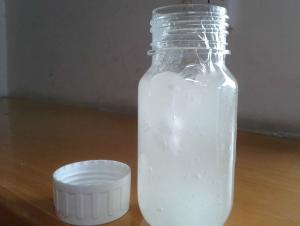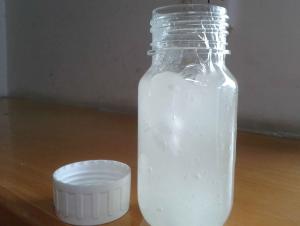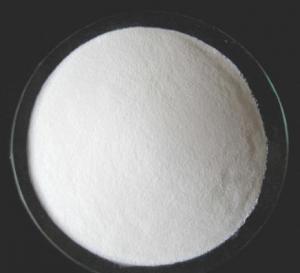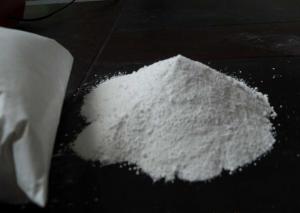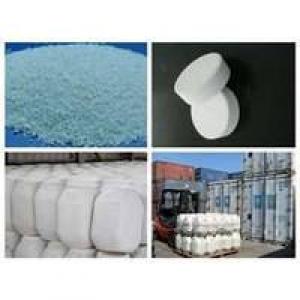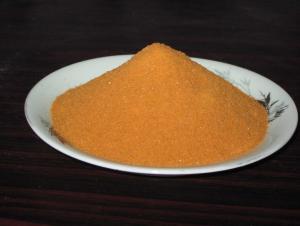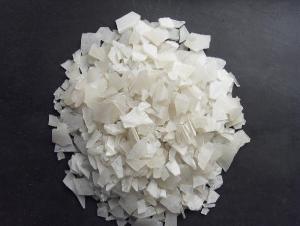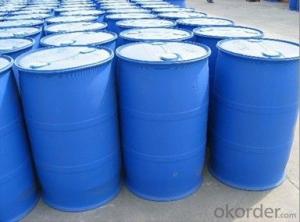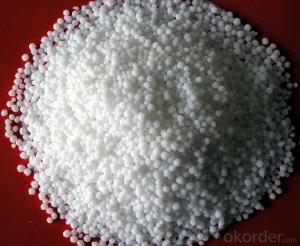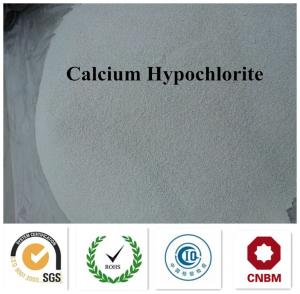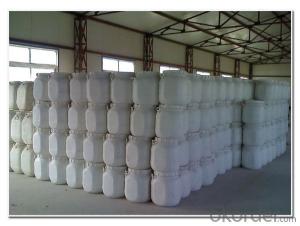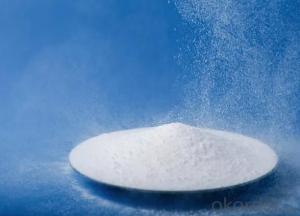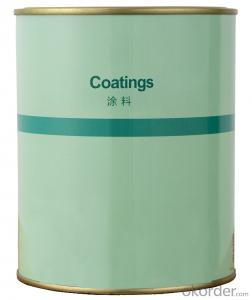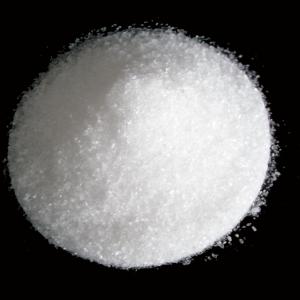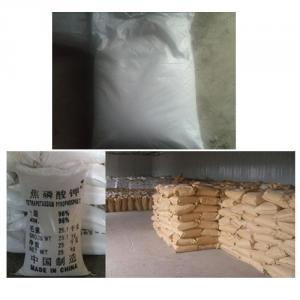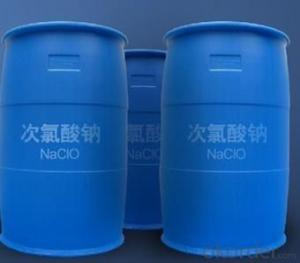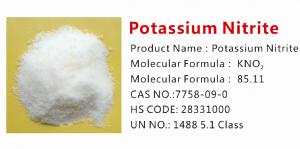SLES with Best Offer and Good Quality and Strong Package
- Loading Port:
- Shanghai
- Payment Terms:
- TT or LC
- Min Order Qty:
- 17.6
- Supply Capability:
- 3000 m.t./month
OKorder Service Pledge
OKorder Financial Service
You Might Also Like
1.Structure of Sodium Lauryl Ether Sulfate70%(SLES70%) Description:
CAS No.: | 68585-34-2 |
MF: | RO(CH2CH2O)nSO3Na |
EINECS No.: | 221-416-0 |
Appearance: | White or Light Yellow Viscous |
Usage: | Cosmetic Raw Materials, Detergent |
2.Main Features of Sodium Lauryl Ether Sulfate70%(SLES70%) :
With excellent detergency,emulsification and foamability,it is easy to dissolve in water.As well as favorable hard-water resistency and high-biodegradation,it is popular with customers both at home and abroad.
3. Sodium Lauryl Ether Sulfate70%(SLES70%) Images
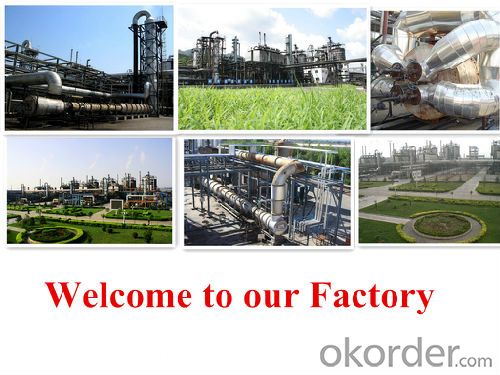

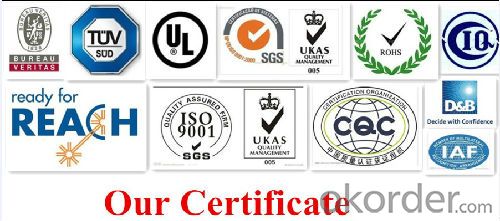
4. Sodium Lauryl Ether Sulfate70%(SLES70%) Specification
Items | Specification |
Active matter, % | 68-72 |
Free Oil,% | 3.5 max. |
Sodium sulfate, % | 1.5 max. |
1,4-Dioxane, PPM | 30 max. |
pH value ( 25 oC , 2% Am.aq.sol) | 7.0~9.5 |
Color, Hazen (5%Am.aq.sol) | 20 max. |
Chloride ion , % | 0.3 Max |
5.FAQ
1)How many tons does your factory can supply each moth?
30000tons/month
2)How to quarantee the quality of the products?
you can arrange SGS&BV or other quality inspection.
3)How many days you need to pepare the cargo after we made the order?
within 30 days.
- Q:What is the difference between "organic salt" and "inorganic salt"? What is the difference between "organic salt" and "inorganic salt"?
- Inorganic salts are inorganic acids (hydrochloric acid, sulfuric acid, nitric acid) with alkali generated by the reaction of the salt is called inorganic salts. Inorganic salts are salts that do not contain carbon, and organic salts are carbon-containing but do not include carbonates.
- Q:In order to prove that magnesium is an essential salt for soybean life, two soybean seedlings with the same growth status are taken, one of them is cultured in magnesium-containing culture medium and the other is cultured in (). A. Pure water B. Sand without sand. Water containing only magnesium. Media containing no magnesium
- Biological control experiments were the only variable experiments. The question that is being explored is the variable, and the other quantities are the same. In a different amount (conditions) the same circumstances to modify a data variable in order to get the data variables on the experimental changes in the law. In order to prove that magnesium is essential for the life of soybeans, the variable is the presence or absence of magnesium. Can be designed as a magnesium-containing culture medium and magnesium-free culture medium. The other amount of the same as the amount of culture medium, soybean seedling growth status, the same number, while placed in the same place, etc., to ensure that only one variable that is the presence of magnesium.
- Q:The lack of three major inorganic salts can cause symptoms in the plant
- P: Promote the development of seedlings and the opening of flowers so that the fruit and seed are mature early. Lack of performance: the plant is particularly short, leaves were green, and purple.
- Q:and what are the kinds of organic compounds?..pls. help me abt. this..thanks!..(^_^)
- Organic compounds are anythng with carbon C in them. Acids or bases can be organic or inorganic depending on if they have a carbon atom in them. Salts result from a reaction of an acid and a base e.g. Sodium chloride NaCL results from a reaction of HCL and NaOH i.e. HCL + NaCL = NaCL + H20. A reaction involving an acid and a base results in a salt and water as shown above. So compounds are organic if they have carbon in them, including the oxides
- Q:What is the use of inorganic salts and organic salts?
- The organics are compounds containing carbon, and the inorganic salts are salts containing no carbon. For example, we usually eat sugar is organic matter, salt is inorganic salt.
- Q:Inorganic salt through what way into the human body
- The inorganic salt enters the human body through active transport.
- Q:Can you please help me with this question and give me a website reference.
- Many of these materials enter the water through natural channels---minerals, salts and the like come from exposure to rocks, dirt and other inorganic materials.
- Q:Is it possible to adjust the internal temperature of the carbohydrate in the vacuole
- multi-cell plant cells are living in the individual within the water environment, but this environment with the human body's internal environment can only be similar is not the same, and plant cells and no extracellular liquid this argument.
- Q:Children eat what to add the body of inorganic salts
- Such as fruits, vegetables, beans or soy products, kelp, eggs and so on. Eat hot and humid food: watermelon, bitter gourd, peach, ebony, strawberry, tomatoes, cucumber, mung bean and so on.
- Q:What is the risk of low inorganic salt?
- Phosphorus into the body of phosphorus containing 750-800mg about 1% of body weight, mineral weight of 1/4. Of which 87.6% in the form of hydroxyapatite bone salt stored in the bones and teeth, 10% with protein, fat, sugar and other organic matter combined constitute soft tissue, the rest distributed in the muscle, skin, nerve tissue and other tissues and membranes Of the ingredients. Function Phosphorus is present in every cell of the human body, which is indispensable for bone growth, tooth development, renal function and nerve conduction. Phosphorus is a component of nucleic acids, phospholipids and certain enzymes, which promotes growth and tissue repair. It helps carbohydrate fat and protein utilization, regulates glycogen breakdown, and participates in energy metabolism. Phospholipids are the major components of the cell membrane, which are related to the permeability of the membrane. Phosphate can regulate the metabolism of vitamin D, to maintain the stability of calcium within the environment. Lack of disease phosphorus deficiency when the mental confusion, cranial nerve palsy, transport disorders, muscle weakness, hypothyroidism, anorexia, joint stiffness, abnormal blood, urinary calcium increased. Typical cases hyperphosphatemia, renal dysfunction, or hypoparathyroidism and hypothyroidism and other endocrine diseases can also occur. Too many symptoms nerve excitement, tetany and convulsions. The physiological requirement of phosphorus is 12.3mg / kg / d. Calcium / phosphorus ratio in the 2: 1-1: 2 appropriate range. Food sources food in the meat, fish, milk, beans and hard shells and other phosphorus more.
1. Manufacturer Overview |
|
|---|---|
| Location | |
| Year Established | |
| Annual Output Value | |
| Main Markets | |
| Company Certifications | |
2. Manufacturer Certificates |
|
|---|---|
| a) Certification Name | |
| Range | |
| Reference | |
| Validity Period | |
3. Manufacturer Capability |
|
|---|---|
| a)Trade Capacity | |
| Nearest Port | |
| Export Percentage | |
| No.of Employees in Trade Department | |
| Language Spoken: | |
| b)Factory Information | |
| Factory Size: | |
| No. of Production Lines | |
| Contract Manufacturing | |
| Product Price Range | |
Send your message to us
SLES with Best Offer and Good Quality and Strong Package
- Loading Port:
- Shanghai
- Payment Terms:
- TT or LC
- Min Order Qty:
- 17.6
- Supply Capability:
- 3000 m.t./month
OKorder Service Pledge
OKorder Financial Service
Similar products
New products
Hot products
